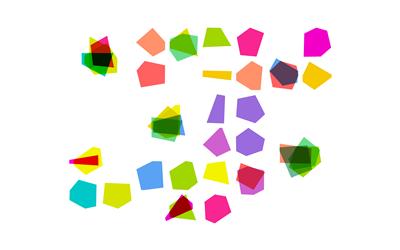New avenues for improving airport security

Airport X-ray baggage screening is a uniquely difficult task. Screeners are required to rapidly search for threats (guns, knives, improvise explosive devices(IEDs)) in the X-rays of passengers’ baggage. The X-rays are highly complex images, containing a large number of overlapping, transparent objects, and, as a consequence, require careful interpretation to positively detect (or reject) a target object.
Over the past decade, we have engaged in extensive examination of several of the factors that make X-ray screening difficult. We have particularly focused on the fact that asking observers to search for multiple types of threat leads to a cost in performance: compared to searching for a single target alone (eg just guns). Searching for both guns and IEDs results in increased time spent searching coupled with a decreased likelihood that participants will detect targets. We have determined that this form of behaviour cannot be eliminated, even with extensive practice, suggesting that the limitations in searching for two targets result from fundamental limitations in the human visual system.
Current work
We are currently engaged in a project funded by ESRC that is examining whether the problems associated with searching for multiple targets can be reduced by training observers to search more effectively. To achieve this, we are developing a training regime that involves presenting images in 3D (ie on different depth planes). The goal is to help train observers’ visual systems to be better able to segment the complex, overlapping objects in X-ray baggage images by giving them experience of understanding how they can be segmented in the third dimension. We are using a variety of stimulus types (abstract polygons for maximal stimulus control, ‘real-world’ household objects and X-ray baggage stimuli). An example of our transparent polygons is presented below.
Collaboration opportunity
We are eager to explore potential opportunities for collaboration in relation to exploring potential routes to alleviate the problems associated with X-ray baggage screening, as well as behaviour when searching 3D visualisations.
If you would like to know more, please contact Nicholas Donnelly n.donnelly@southampton.ac.uk